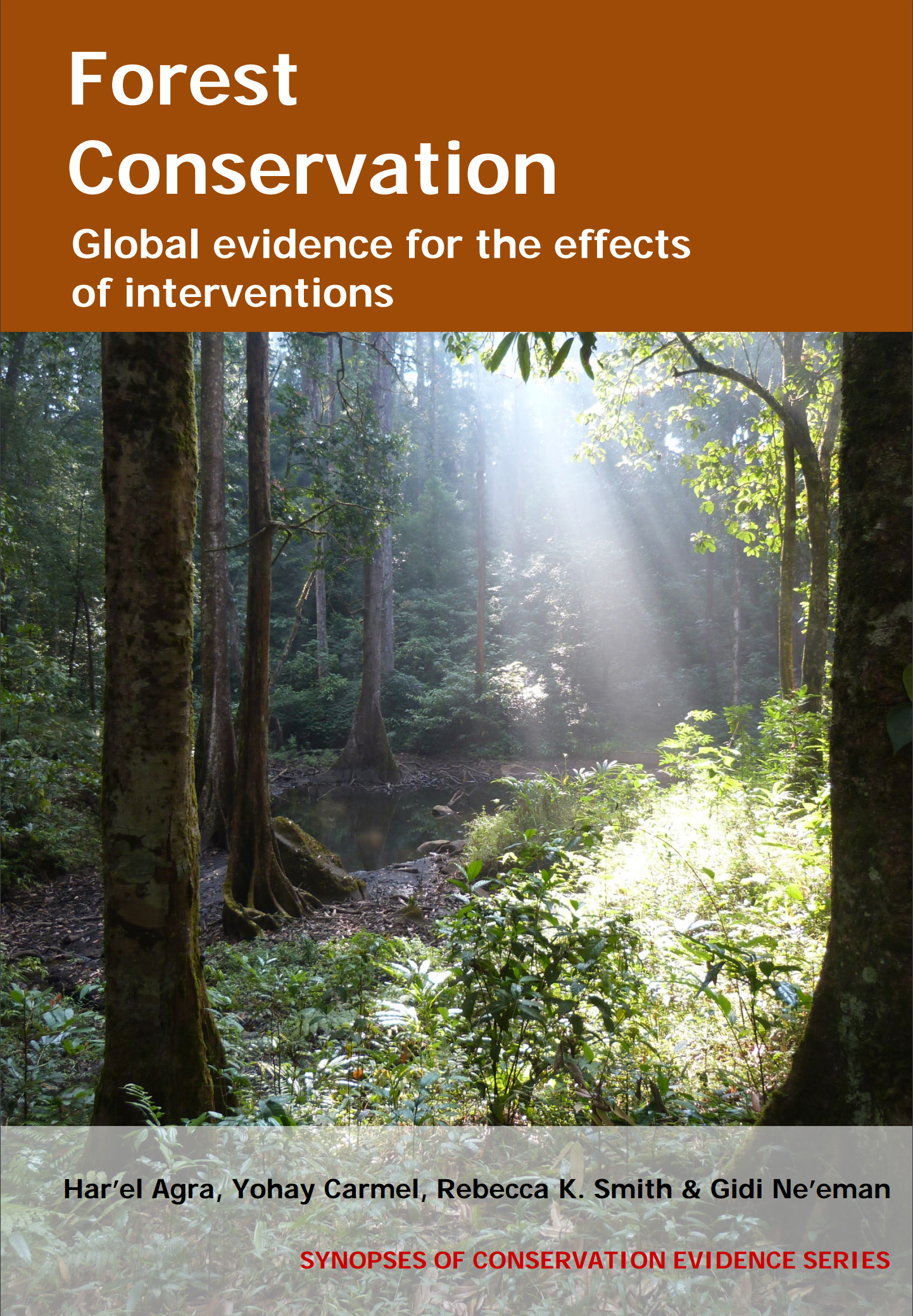Use vegetation removal together with mechanical disturbance to the soil
-
Overall effectiveness category Likely to be beneficial
-
Number of studies: 3
View assessment score
Hide assessment score
How is the evidence assessed?
-
Effectiveness
61% -
Certainty
40% -
Harms
15%
Study locations
Supporting evidence from individual studies
A replicated, randomized, controlled study in 2004-2008 in Mediterranean Aleppo pine Pinus halepensis woodland in France (1) found that mechanical cutting of ground vegetation along with mechanical soil disturbance (scarification) increased Aleppo pine seedling density. Density (seedlings/m2) in plots with vegetation debris was higher in plots with one (2.8) or double scarification (1.2) than control plots (<0.1). Density in plots with no vegetation debris was highest in double scarification plots (2.8) and higher in one scarification (1.0) than control plots (0.1). Data were collected in January 2008 in 24 plots (14×14 m). There were four replicates of control, one scarification (vegetation cut, litter layer and top soil mechanically scratched in one direction) and double scarification (litter layer and top soil mechanically scratched in two directions) debris plots (vegetation debris scattered in the plot), and 12 plots with the same treatments but with vegetation debris removed. All plots were thinned in 2004 (from 410 to 210 trees/ha). Treatments were applied in 2005.
Study and other actions testedA replicated, controlled study in 1998-2007 in Mediterranean oak woodland in Portugal (2) found that cutting shrubs followed by vegetation removal and ploughing increased plant cover nine years after treatment. Total plant cover was higher in ploughed (87%) than control plots (82%). In June 1998, ploughing and no treatment (control) were each applied to three plots (50 × 14 m). Total plant cover was measured in 2007 in five subplots (2 × 2 m) in each treatment plot.
Study and other actions testedA replicated, randomized, controlled study in 2005 in Mediterranean Aleppo pine Pinus halepensis woodland in France (3) found that mechanical cutting of ground vegetation together with mechanical soil disturbance (scarification) increased total plant species richness and herbaceous plant cover, decreased shrub cover, but had no effect on total plant diversity. Herbaceous cover was higher in double scarification than control plots (control: 24; one scarification: 31; double scarification: 34%). Shrub cover was the highest in control and higher in one scarification than in double scarification plots (control: 40; one scarification: 29; double scarification: 20%). Number of species was higher in one and double scarification than control plots (control: 27; one scarification: 35; double scarification: 37species/plot), while diversity was similar between treatments (Shannon's index control: 3.2; one scarification: 3.5; double scarification: 3.6). Data were collected in 2009 in eight replicates of each treatment: control, one scarification (vegetation cut, litter layer and top soil mechanically scratched in one direction) and double scarification (litter layer and top soil mechanically scratched in two directions) plots (14 × 14 m). All plots were thinned in 2004 (from 410 to 210 trees/ha). Treatments were applied in 2005.
Study and other actions tested
Where has this evidence come from?
List of journals searched by synopsis
All the journals searched for all synopses
This Action forms part of the Action Synopsis:
Forest Conservation
Forest Conservation - Published 2016
Forest synopsis





)_2023.JPG)














